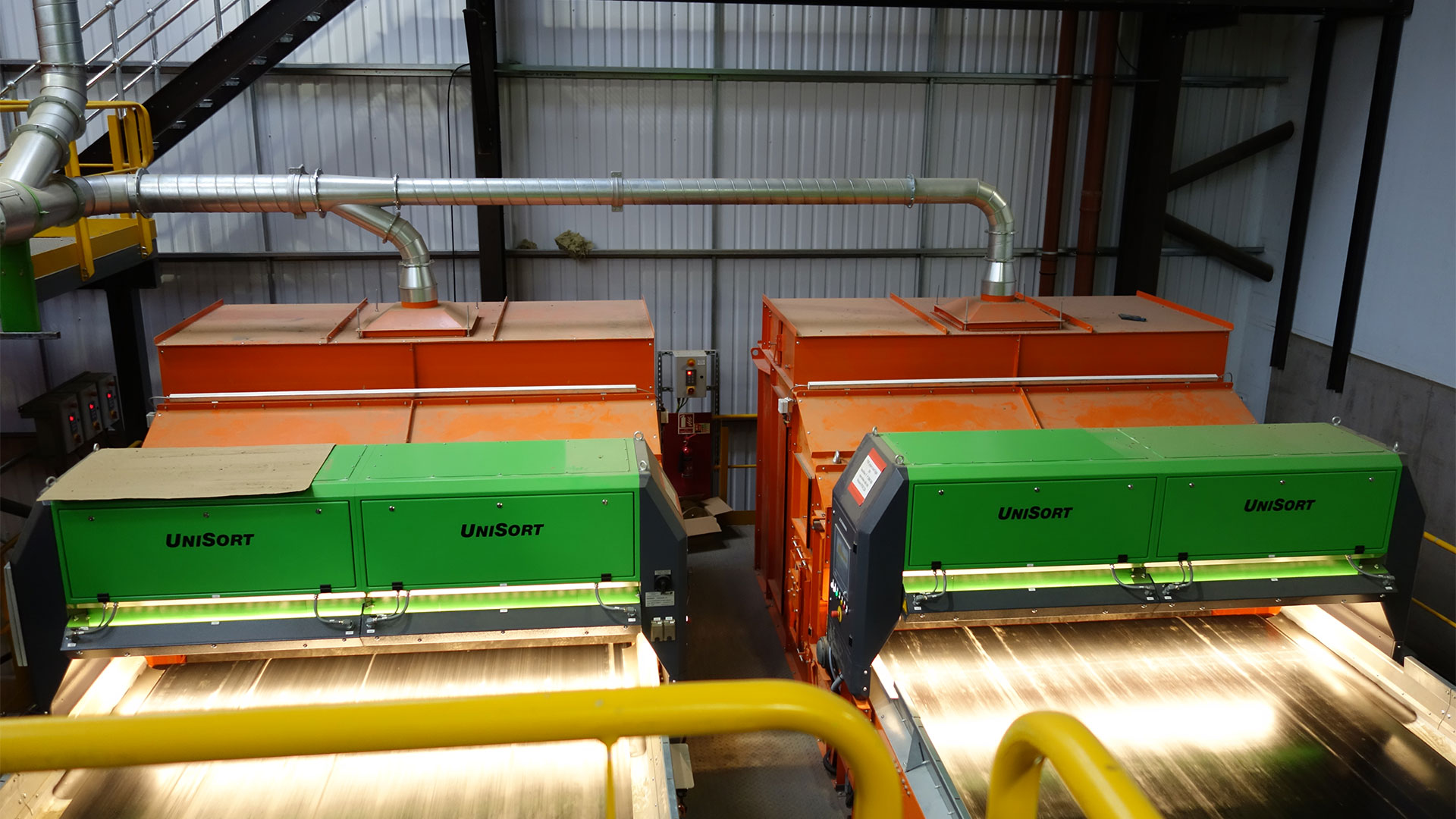
A refuse derived fuel or secondary fuel is one as a rule consisting of high-calorie waste. A REFUSE DERIVED FUEL is any non-fossil fuel for combustion. It can be manufactured from selectively obtained, product-specific commercial waste, bulky waste and solid waste. Mostly, these kinds of waste consist of plastics, paper, textiles, wood, minerals, and composite packaging of high calorific value.
The process stages can be broken down by two basic criteria: the composition of the waste and the use of the fuel. Preparation starts with pre-sorting or the removal of impurities. After rough chopping, the material is sieved, separated via the wind sifter and taken through Fe/NF separation, then NIR separation. The material can be shredded down again before being pelleted for use or filled into containers or bunkers.
Using a modern treatment technology, a fuel (so-called co-incineration) is produced for cement, lime works and power stations or as the sole fuel for waste-to-energy plants.
